Besides the frustration of load shedding at home and at work, there are insurance implications to be considered too. Power surges, fires, and criminal opportunists all pose a risk associated with load shedding so this is what you need to do to ensure that you are covered for any eventuality:
1. Check the terms and conditions of your insurance policy
2. Do your bit to protect appliances and other assets to avoid repudiated claims
3. Invest in some LED torches – they look like little fluorescent lights, are rechargeable and last for hours.
4. Be careful about using candles near fabric or where they can be bumped or blown over, increasing fire risks.
5. Check whether the contents of your fridge are covered under your home contents.
6. Keep receipts for grocery shopping as proof of purchase for possible claims.
7. Consider shopping more regularly rather than stocking up the freezer.
8. Keep your cell phone charged.
9. Step up your home security to avoid becoming the target of opportunistic crimes.
10. Bolt gates that don’t work when the power is out.
11. Make sure that you have back-up lighting so that there appears to be power in your home.
12. Have you alarm battery checked to see that it is still in working order.
13. Look gates and doors at home even if you are indoors.
14. In the unlikely event that you are not in the habit of locking the car in the garage, lock and check doors.
Give all the members of the household a panic button which will still be activated in the event of an outage. Install an app to track load shedding schedules and connect to renewable energy sources if possible.
